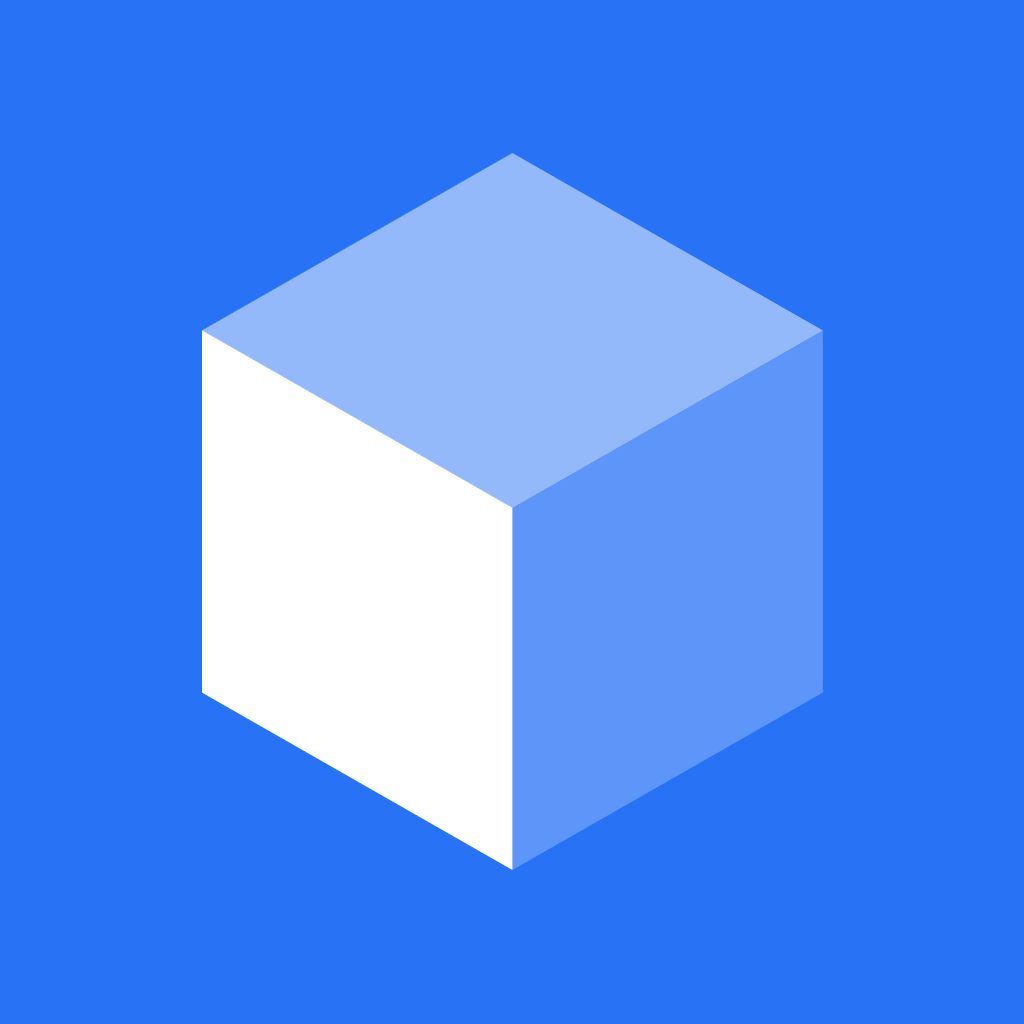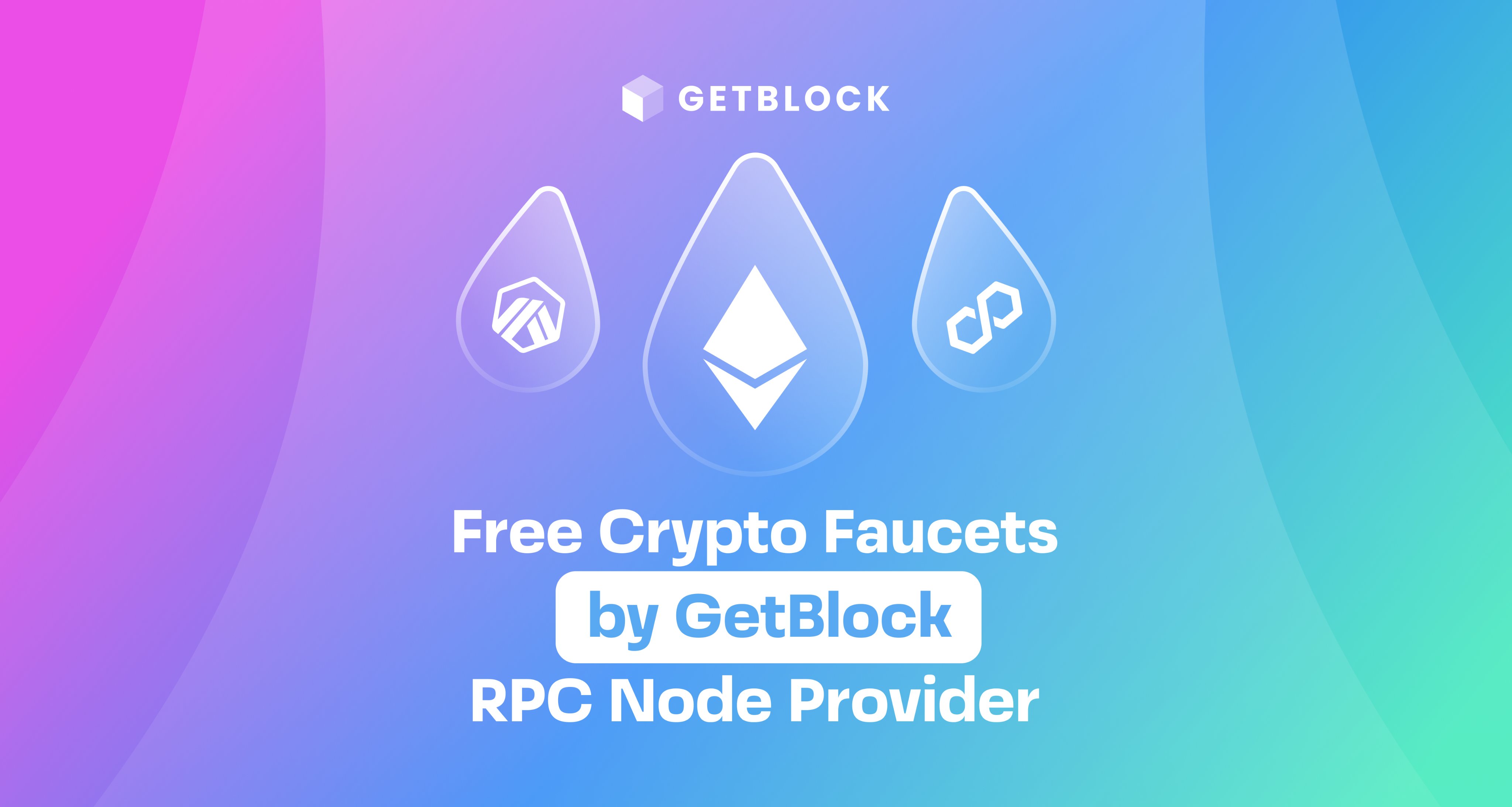GetBlock Releases Crypto Faucets for Web3 Developers on EVM
 Polly Roberts
Polly Roberts
Along with its free and paid tools for Web3 developers, from explorers to blockchain nodes, GetBlock launches several EVM testnet faucets to satisfy the growing need for developers to test their applications.
GetBlock deploys free crypto faucets for blockchain developers
On June 3, GetBlock, a pioneering force in Web3 infrastructure, announced the launch of its crypto faucets, a groundbreaking tool designed to empower developers across the globe. They can obtain test tokens, which have no value and can be used to test decentralized applications (dApps) without risks.
It’s a step forward in the company's mission to enhance the Ethereum Virtual Machine (EVM) developer ecosystem.
The latest release includes the addition of Ethereum Sepolia and Polygon Amoy, joining Arbitrum, Optimism, Base, Scroll, Blast, Linea, and zkSync Sepolia testnets, which cater specifically to L2-focused developers.
GetBlock’s CEO, Arseniy Voitenko, says:
We are thrilled to introduce our crypto faucets to the global Web3 community. This release is a testament to our commitment to providing user-friendly and secure tools for blockchain enthusiasts. We’re sure they will introduce GetBlock to a new generation of developers, enabling them to build secure and reliable decentralized applications.
Sepolia and Amoy testnets are cutting-edge testing networks that have replaced Ethereum Goerli and Polygon Mumbai respectively. They provide a risk-free environment for developers to experiment with smart contracts and dApps without the risk of losing funds.
GetBlock's faucets dashboard is designed to simplify the development process, making it easier for developers to focus on building innovative applications.
Testnet faucets are here and ready to use
All faucets are available for free for all users registered with GetBlock. Everyone can claim a free test ETH or MATIC from the faucets, making it accessible to developers of all levels.
The platform offers multiple sign-up options, including email, Google Account, and MetaMask wallet. For paid tariff plans, GetBlock accepts both fiat and crypto payments, connecting the benefits of Web3 with fiat currency support.
To prevent spam and other misuse, faucets have some limitations. All users can get 0.02 test ETH every day for free. To start, developers must already have at least 0.001 test ETH in their wallet.
These limitations are introduced to ensure that all developers will get test ETH as soon as possible while maintaining the system stability.
Contributing to community of Web3 creators
With its crypto faucets, GetBlock continues to empower the global Web3 ecosystem, helping blockchain developers and enthusiasts realize their goals.
Using test ETH, all EVM developers can stress-test dApps on major smart contract platforms like Polygon and Ethereum, dominant “optimistic” L2s such as Arbitrum and Optimism, and cutting-edge ZK-powered platforms including Scroll, Linea, Base, and zkSync.
In 2024, GetBlock released free-to-use block explorers for Ethereum, Binance Smart Chain, NEAR Protocol, Harmony, and more. They allow users to navigate through blocks, transactions, accounts, and validators of various blockchains, exploring them.
Additionally, in May 2024, GetBlock launched a Marketplace, a free-to-use service where users can find useful and innovative Web3 applications, enhancing their experience and improving efficiency.
Furthermore, GetBlock supports Ophir Institute, a blockchain education initiative that teaches the basics of Web3 development. Its students build and test their dApps using GetBlock’s nodes.
Its free account enables 40,000 blockchain requests per day, which is insufficient for large-scale commercial dApps, but enough for testing and experimentation with blockchain methods. Using them with faucets, newcomers can build their test applications and then purchase a paid version as their experience and application size grows.
It provides access to 50+ blockchains with 99.99% uptime, including testnets and mainnets, and developers can choose various API interfaces, such as gRPC, WebSockets, or JSON RPCs. GetBlock is dedicated to Web3 development support and evolves with the ecosystem, adding new networks and optimizing their performance.
Subscribe to my newsletter
Read articles from Polly Roberts directly inside your inbox. Subscribe to the newsletter, and don't miss out.
Written by
